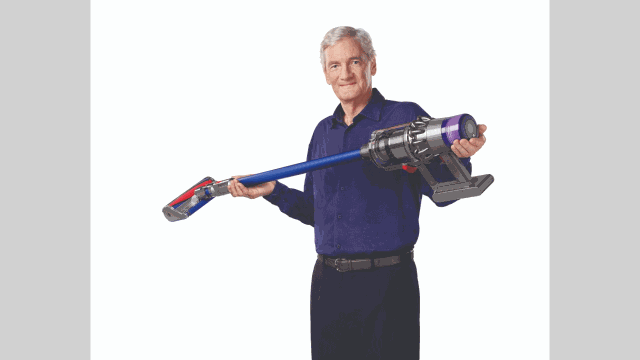top of page


Invention Lesson Plans for Grades K-12
Lesson 4: I Learn from Failure

Mistakes
What is FAILURE? No one likes to fail. When we fail, does it mean . . .
-
We are not smart?
-
We are not good at certain skills?
-
Should we just give up?
-
Could failure ever be a good thing?
Let's look at ways some children have experienced FAILURE and MISTAKES:

Do you think inventors experience failure? Let's look at some ways these inventors have used their mistakes to help them Fail Forward:

Meet James Dyson holding his invention of the Dyson vacuum cleaner. It took him 5,126 attempts to make a vacuum that did not use bags. Each time Dyson failed, he learned something to help him to get closer to a working vacuum. Inventors learn from failures and mistakes in order to make their invention.
In the late 1960s, a 3M researcher accidentally created a very weak glue when he meant to make a strong one. It was a mistake! The eureka moment didn’t come until 1974 when Arthur Fry, another 3M scientist, was looking at his hymnal book and wishing he had a bookmark that would attach to the page, but not leave any stickiness behind. Ta-da! This weak glue was put to a new purpose and is used by many people today! Sometimes inventors failures lead to a new and unexpected invention!

If we are afraid to make mistakes, then we will never really create anything new or exciting. Our world needs risk-takers who are brave enough to . . .

Let's look at the main character in The Most Magnificent Thing. Can you relate to the struggles and frustrations she has?
Click on image to access document
It is good to have a plan when you face something that is hard for you. We are will have challenges throughout our entire lives! Draw or write about things you can do when you feel you are about to lose it! You will feel better and be able to look at the challenge in a positive way just like our main character did in The Most Magnificent Thing.
Have you played Charades? It is a game where you act out a scene and others try to guess the scene. Act out a mistake you have made and see if your friends can guess what it is. ALL of us make mistakes so we should not be afraid to admit we make them. We learn from them!

The book, Mistakes That Worked, tells the story of many foods and household items that were made by mistake. This video features two kids who tell the story of a few of these items. Watch the video. What did you like about the video? Could you make your own video featuring objects that were made by mistake? Options include:
The Slinky
Ice Cream Cones
Bubble Wrap
Chewing Gum
Matches
Silly Putty
Option 1: Make a Video
Have an adult help you research the story of one or more of these inventions and make a video explaining what you learned.
Heading 5
Option 2: Chatterpix App
You can add the free Chatterpix app to an Ipad or phone. You can take a photo of an invention that was made by mistake. The app allows you to make the object "talk". You can add up to 30 seconds of recording of how the object was invented by mistake and share it with your class. It is super easy and fun!
bottom of page
